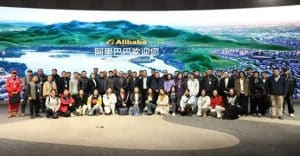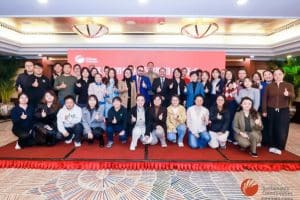The newly revised Measures for the Administration of Adopting International Standards represent a significant update to the previous regulation issued in 2001. Promulgated by the State Council and the State Administration for Market Regulation, the revised Measures aim to enhance the alignment of China’s national standards with internationally recognized benchmarks—particularly those established by the International Organization for Standardization (ISO), the International Electrotechnical Commission(IEC), and the International Telecommunication Union (ITU). This effort is intended to improve product and service quality, facilitate international trade, and fulfill China’s commitments under the WTO Agreement on Technical Barriers to Trade.
The new framework establishes two main pathways for incorporating international standards into the domestic system. The first is identical adoption, in which Chinese versions of the standard replicate the international version exactly in structure and technical content. In such cases, documents must display both the international and domestic standard numbers to indicate full equivalence. The second method is modified adoption, where international standards are adapted to suit local conditions, provided the changes are clearly documented and the original technical structure is preserved.
To accelerate this process, the Measures stipulate that once an international standard is released, the corresponding domestic standard should enter planning phases immediately, with a draft submitted for approval within 12 months. Minor international revisions may be incorporated via technical amendments, while major updates require a full reassessment. Responsibility for implementation is delegated to specialized institutions under the State Council, with validation and technical review led by expert committees.
Local implementation plays a critical role under the new Measures. Governments at the county level and above are required to ensure open and inclusive drafting processes that engage producers, consumers, and other stakeholders. Technical committees are tasked with scientific testing and performance validation to assess the applicability of international standards under local conditions. This decentralized model supports China’s broader goal—outlined in the National Standardization Development Plan—to raise the rate of international standard adoption among national standards to at least 85% by 2025.
Several provinces have already taken proactive steps in anticipation of these regulations. Zhejiang, for example, has drawn from ISO 14067 and PAS 2050 to develop provincial standards for product carbon footprint assessment in the textile and apparel industries, with financial incentives of up to RMB 500,000 available per enterprise. Other provinces—such as Jiangsu, Sichuan, and Shenzhen—have launched training programs, expanded staffing, and increased local participation in international standards-setting bodies, laying a solid foundation for implementation even before local regulations are formally enacted.
Strategically, the Measures offer several key advantages. Harmonized standards reduce non‑tariff trade barriers and enhance the global competitiveness of Chinese products and services. They also stimulate domestic innovation, especially in emerging sectors such as green finance, digital infrastructure, and environmental technology. In addition, the inclusion of clear guidance on intellectual property use gives domestic enterprises greater confidence to engage in standard-setting activities.
Nevertheless, effective nationwide implementation will require significant investment in technical talent and institutional capacity. Drafting and revising standards demand strong expertise in both technical analysis and systems integration. Moreover, keeping pace with frequently updated international standard will require agile administrative processes to minimize regulatory delays and maintain global alignment.
In summary, China’s 2025 Measures for the Administration of Adopting International Standards establish a comprehensive and forward‑looking framework for harmonizing domestic standards with global norms. Moving forward, the coordinated development of provincial implementation guidelines and sector-specific adaptations—in areas such as renewable energy and medical devices—will be key. While early local initiatives show promising momentum, the long-term success of this strategy will depend on China’s ability to apply the system consistently across regions, manage disparities, and remain responsive to developing global standard.
Bibliography
新华社. (2025, April 21). 《采用国际标准管理办法》6月起施行. 新华网. Retrieved from http://www.xinhuanet.com/20250421/81375bcdcc0543e1aef388d68e0553d8/c.html
中华人民共和国国家市场监督管理总局. (2024). 关于修订〈采用国际标准管理办法(征求意见稿)〉的公告. 国家市场监督管理总局. Retrieved from https://www.samr.gov.cn/hd/zjdc/art/2024/art_2edaa03a8d9b4a238a3bc157f07e7e56.html
北京市住房和城乡建设委员会. (2022, December 6). 国家标准管理办法(2022年9月9日国家市场监督管理总局令第59号公布,自2023年3月1日起施行). 北京市住房和城乡建设委员会. Retrieved from https://zjw.beijing.gov.cn/bjjs/xxgk/543346069/543346064/325997393/index.shtml



